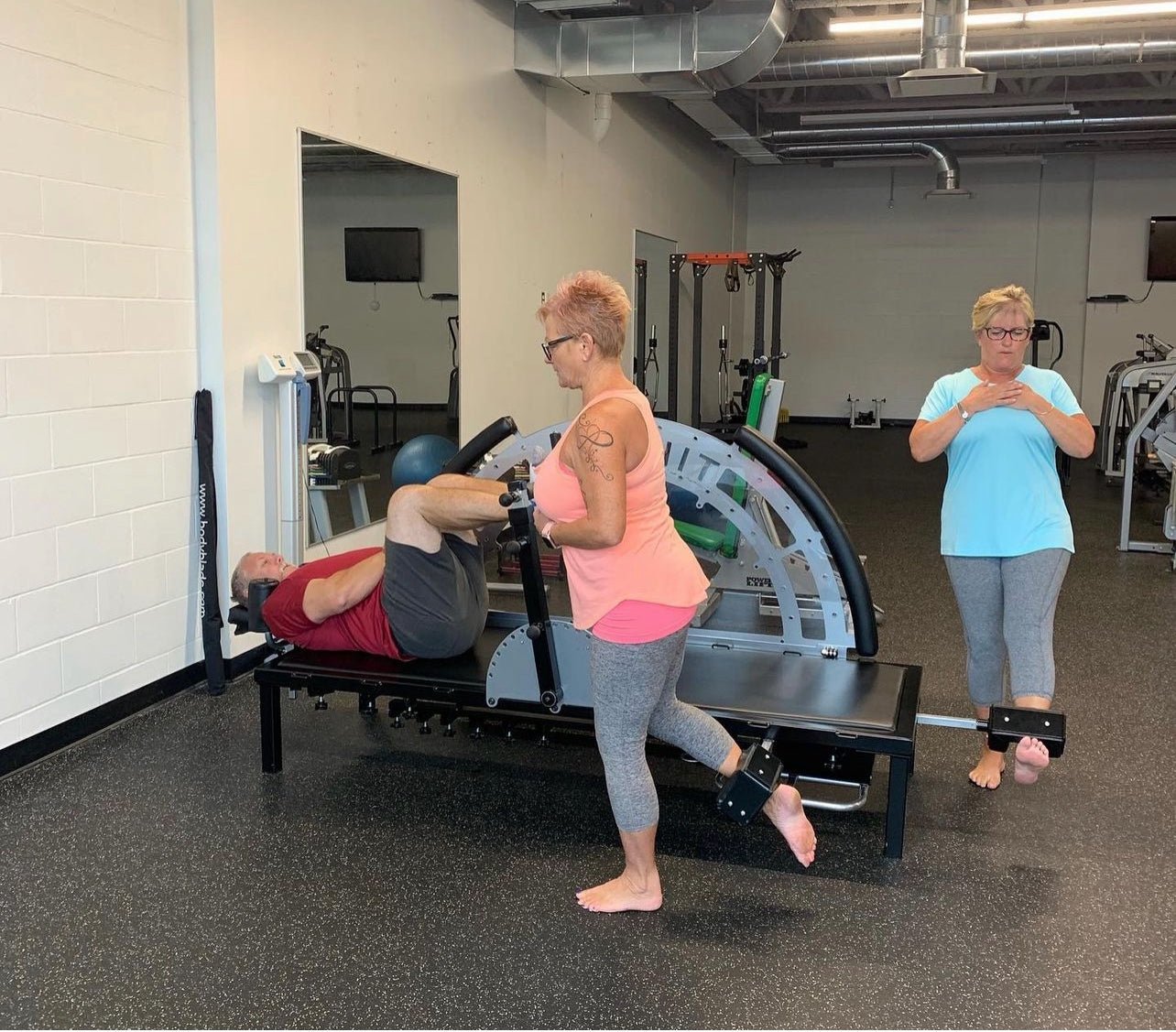In the world of sports conditioning, isometric strength training has gained significant attention. Among the various techniques, two common variations are widely practiced: Holding Isometric Muscle Action (HIMA) and Pushing or Pulling Isometric Muscle Action (PIMA). For those with a background in sports science, understanding the differences between these approaches is crucial. Let's delve into the disparities and shed light on the benefits of each.
Previously known as Yielding Isometric, HIMA focuses on holding an object or maintaining a specific body position at a particular angle for a defined period. In contrast, PIMA, formerly referred to as Overcoming Isometric, involves exerting force against an immovable object through pushing or pulling.
Research comparing the two techniques indicates that HIMA leads to faster fatigue rates when compared to PIMA. While this may initially seem advantageous, it is essential to consider the hidden risks and inefficiencies associated with HIMA.
HIMA poses several challenges for exercisers, whether they are aware of them or not. Firstly, selecting the correct load for targeting specific tissues can be difficult. Additionally, positioning the load accurately requires precision and careful execution. Load placement becomes crucial as it determines whether all the muscles associated with holding the load in a specific position are being effectively trained. Furthermore, HIMA exercises introduce increased instability due to the additional degrees of freedom involved. Exercisers must also contend with the fact that the load progressively increases relative to their fatigue state, placing them at unnecessary risk of acutely injuring muscle or joint tissues. Lastly, disengaging from the load at the end of the effort poses its own set of challenges.
On the other hand, PIMA offers a more efficient and safer alternative to HIMA. One of the key advantages of PIMA is that the resistance always matches the exerciser's effort in real-time, ensuring optimal engagement throughout the exercise. Unlike HIMA, there is no need to move loads into position, streamlining the workout process. PIMA also provides flexibility in terms of exercise scenarios, as the exerciser can easily manipulate the point of restraint to create a multitude of variations. As fatigue sets in, the resistance automatically decreases to match the exerciser's output, resulting in increased perceived exertion even as the load decreases. Disengaging from the restraint is a straightforward process, simplifying the conclusion of the exercise.
When deciding between HIMA and PIMA, the choice ultimately depends on the exerciser's goals and the desired training stimulus. However, for the majority of individuals aiming to improve health and performance, PIMA emerges as the safer, more efficient, and more effective option.
In conclusion, isometric strength training offers valuable benefits for sports enthusiasts. By understanding the differences between HIMA and PIMA, exercisers can make informed decisions about their training regimens. While HIMA may lead to faster fatigue rates, it also carries hidden risks and inefficiencies. On the other hand, PIMA provides a more favorable approach with resistance that adapts to the exerciser's effort, versatile exercise scenarios, and a safer disengagement process. Whether pursuing health or performance-related goals, the majority of individuals will find PIMA to be the preferred choice.
Huge shoutout to Isophit family members Derek Millender, Ed Subel, Jarret Allen, and the entire Cleveland Cavaliers organization. Year two… Let’s Go!
For further information on isometric strength training and its benefits for functional health and performance, please visit our website at www.isophit.com or reach out to us via email at brad@isophit.com.
Yours in Isometric Strength,
Brad Thorpe
CEO / Inventor
Isophit





![5. 30inThirty™ Strength Series - [15 Printable Programs] - Isophit](http://www.isophit.com/cdn/shop/files/5-30inthirty-strength-series-15-printable-programs-433761.png?v=1728497641&width=1080)




Share:
Isophit: Building Tendon Stiffness to Jump Higher
Isophit: This Article May Cure Hypertension.